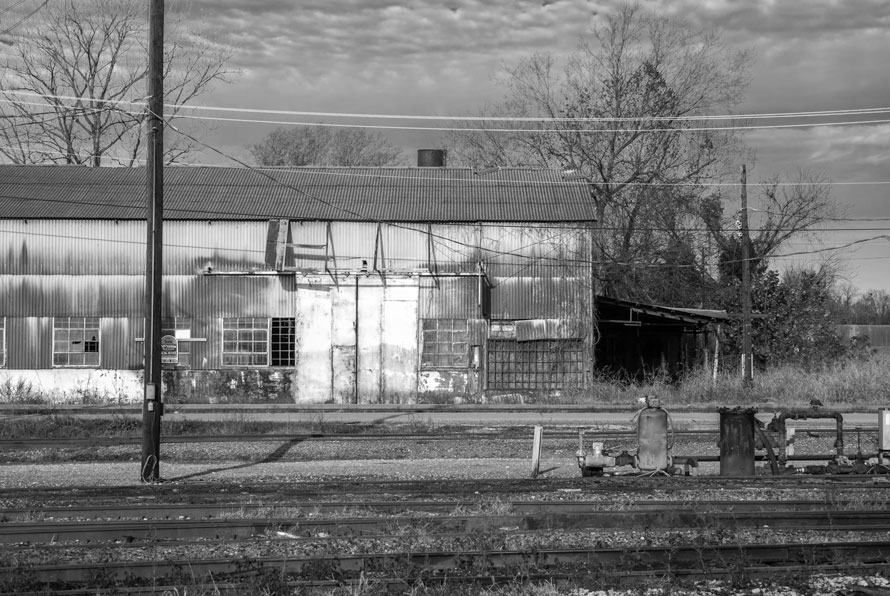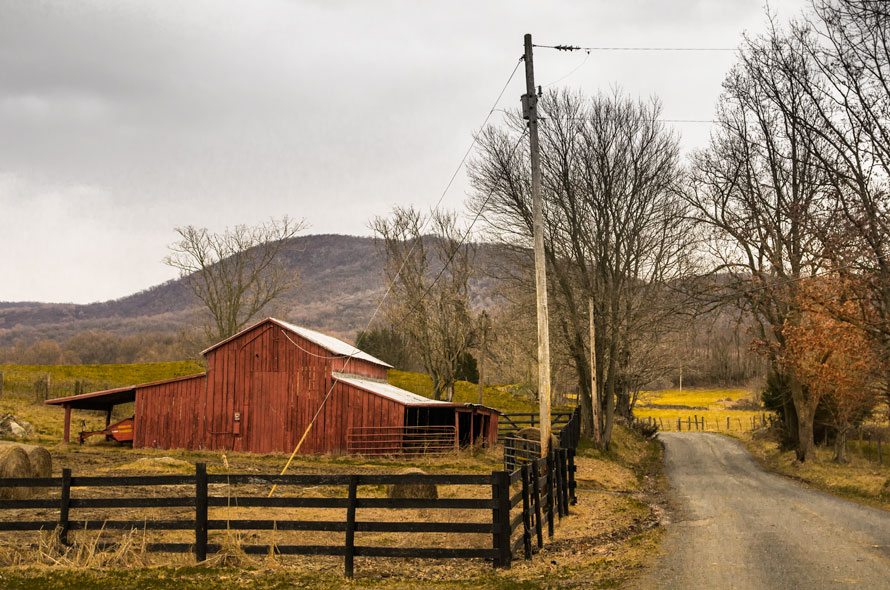
The Squirrel and the Crow
A Thanksgiving Fable
One chilly November morning, a gray squirrel was gathering food for the winter. He was a very gray gray squirrel, for he had seen many seasons come and go, and he knew just where to hide his winter food, safe from nosy groundhogs and thieving bluejays. Soon the winter snows would fall.
Presently, he came to a road that runs through the wood. He stopped on the edge of the road, flicking his tail nervously. Just then, he heard a loud voice, coming from high above, and he looked up to see a shiny black crow high on a branch overhead.
"CAW! Be careful friend, for a dangerous menace hurtles up and down this path, and it flattens any creature that gets in its way." The crow was hungry and quickly made a plan. "Wait, and I will watch and tell you when it is safe to cross, for I have keen eyes and from my branch I can see very far."
The squirrel settled on his haunches beside the road. He arranged his tail into a question mark over his back and waited. He waited for what seemed like a very long time before the crow spoke again.
"Get ready!" the crow cawed and spread his wings. "Now! Now! Now!"
But the gray squirrel, instead of starting across the road, turned and looked up at the crow. "Thank you, kind crow!" he called, but his words were drowned out by the roar of a big black car that hurtled down the road just as he spoke. The disappointed crow flew off and the gray squirrel scurried safely into the woods on the other side of the road.
Back in his warm den, the squirrel ate a feast of hickory nuts and some red berries that he had saved special to celebrate the beginning of winter. Then he burrowed into his nest and arranged his tail to keep his feet warm. The light was fading and he listened to the sound of the wind in the trees.
It is a good thing to always give thanks, he thought to himself and soon he was sound asleep.
Edd Fuller – Text and photograph copyright 2016
Thursday is Thanksgiving here in the United States, and The Trackside Photographer will be taking the day off. Please check back on December 1st for the next new article.
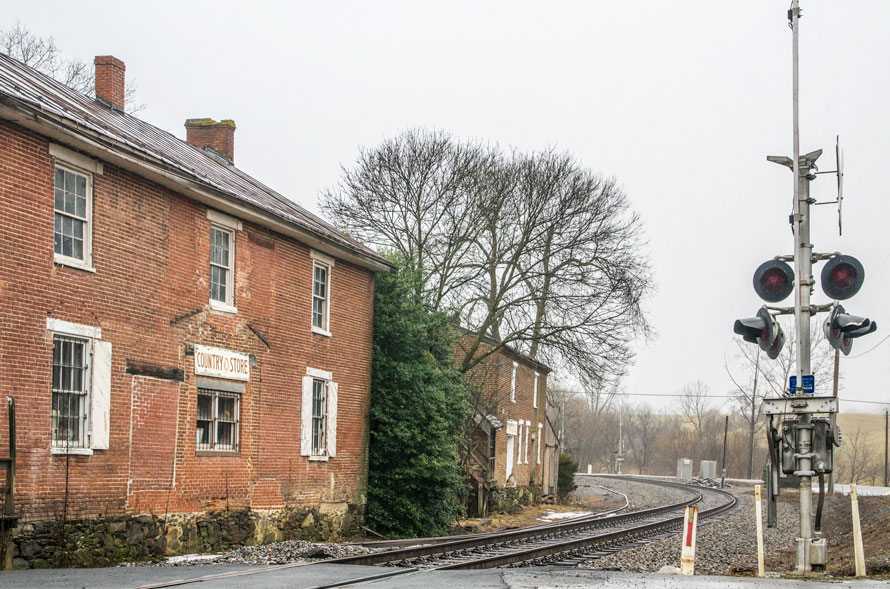
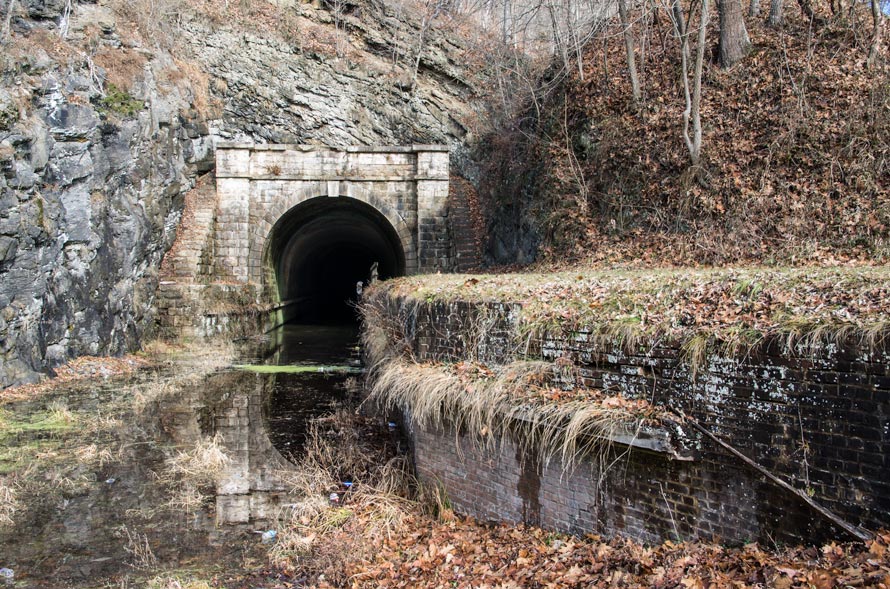
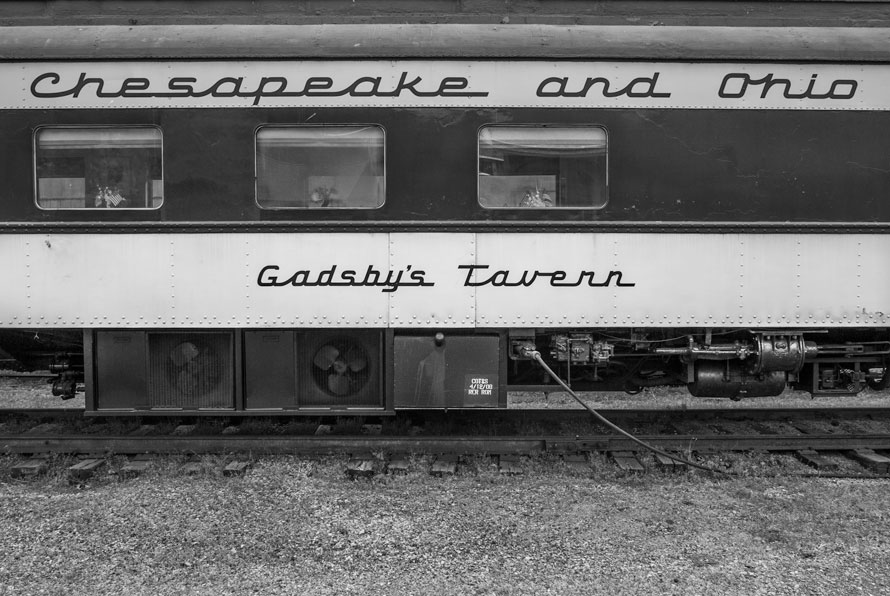
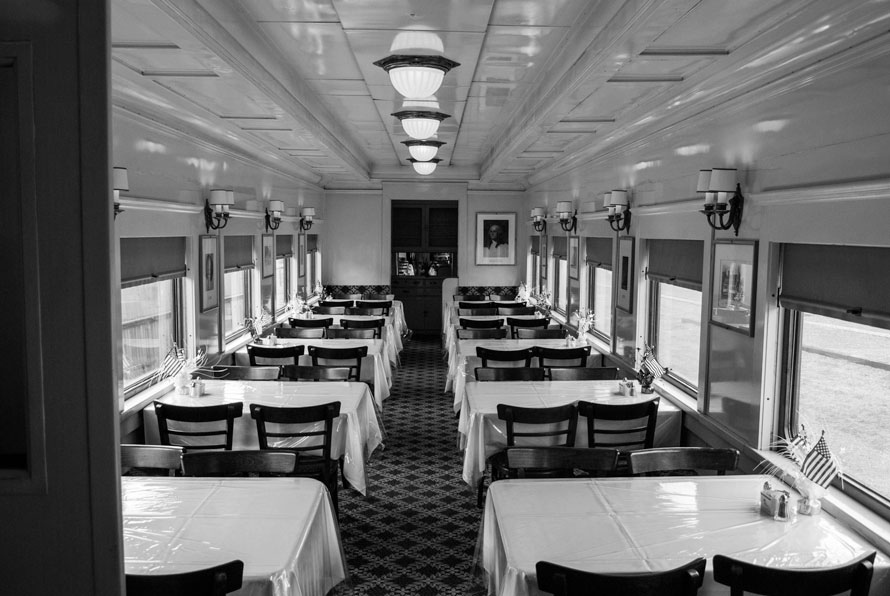 For a moment as I stood in the door of this old dining car, I could imagine what it might be like to eat dinner here with the sound of the rails beneath my feet. I almost expected a porter to come through the door on the other end of the car. But I was all alone and the car was still and silent, a ghost of railroading's past.
For a moment as I stood in the door of this old dining car, I could imagine what it might be like to eat dinner here with the sound of the rails beneath my feet. I almost expected a porter to come through the door on the other end of the car. But I was all alone and the car was still and silent, a ghost of railroading's past.
